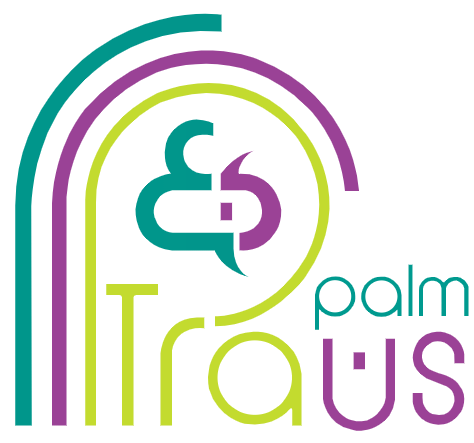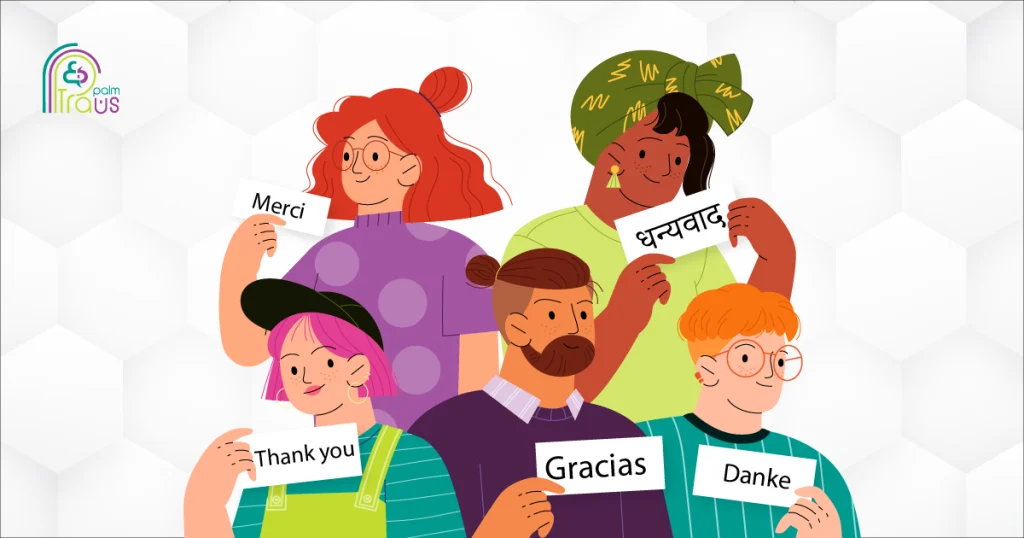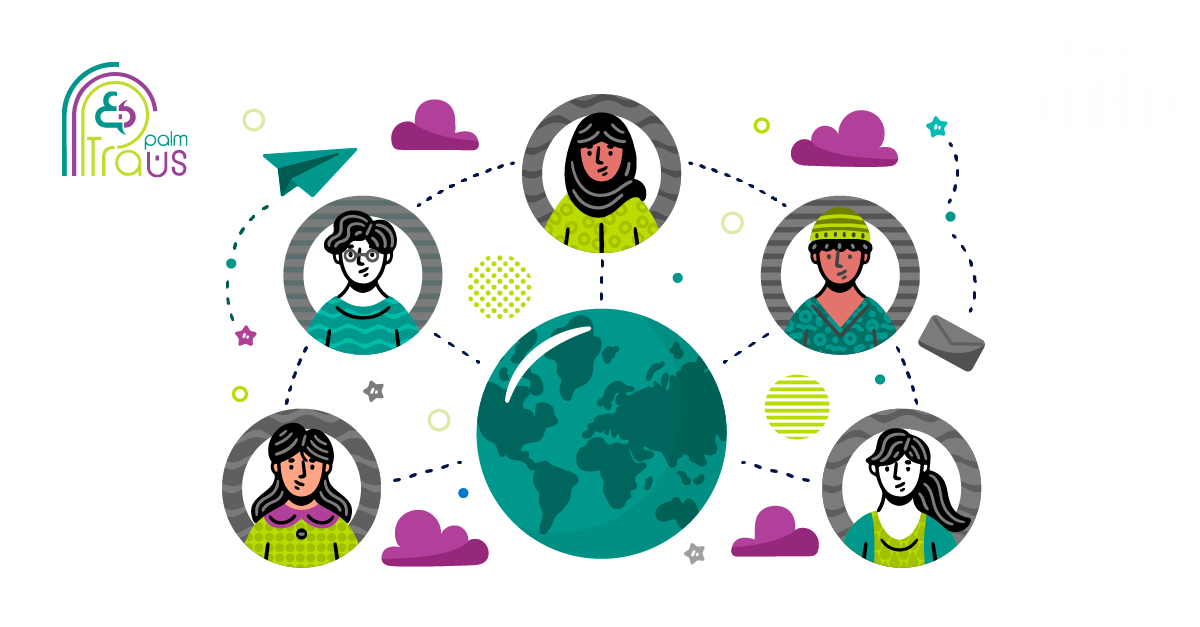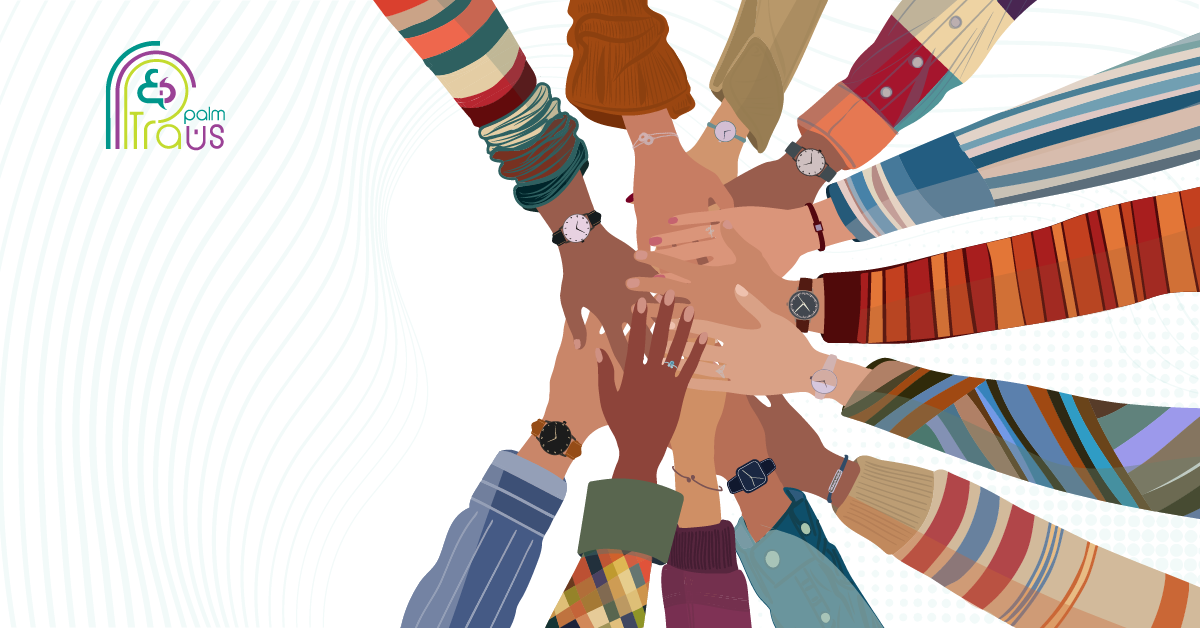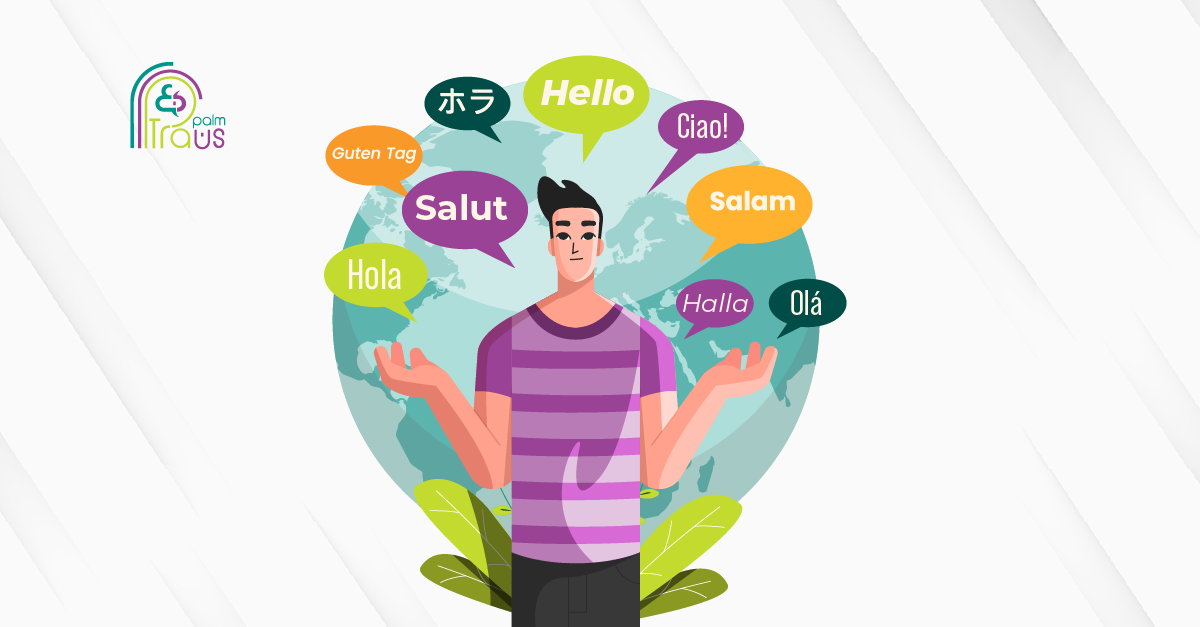You might not realize it, but the universal expression “Thank You” is heard more often than ” I Love You” simply because it fits almost into any situation and can be used anytime.
Expressing gratitude is an important part of etiquette in nearly every culture, holding immense power in creating meaningful human connections.
But why is this short phrase so significant, and how does it sound in other cultures? Let’s explore how to say “Thank You” in different languages and the impact of these words we often take for granted.
Enjoy Reading!
Expressing Gratitude in European Languages
French Merci
A simple Merci is the most common way to show gratitude when someone offers you something. However, you can also use Merci beaucoup, which works well in many situations and shows extra appreciation.
If you want to get closer to your French-speaking audience, our French translation services help maintain the right tone and meaning.
Spanish Gracias
The world is more acquainted with Gracias, the Spanish phrase for thank you, commonly used in courteous situations. There is also Muchas Gracias to enthusiastically show gratitude to someone.
With our Spanish translation services, your message is communicated in a way that feels natural and culturally appropriate.
German Danke
“Danke” is a common and straightforward way to say thank you in German. It is suitable for everyday situations but can also be used in more formal contexts.
Italian Grazie
The Italian word Grazie is a better fit for casual situations. If you want to emphasize your gratitude, you can say Grazie Mille.
Rest assured, our Italian translation services help capture the right tone and cultural nuances to resonate authentically with your Italian-speaking audience.
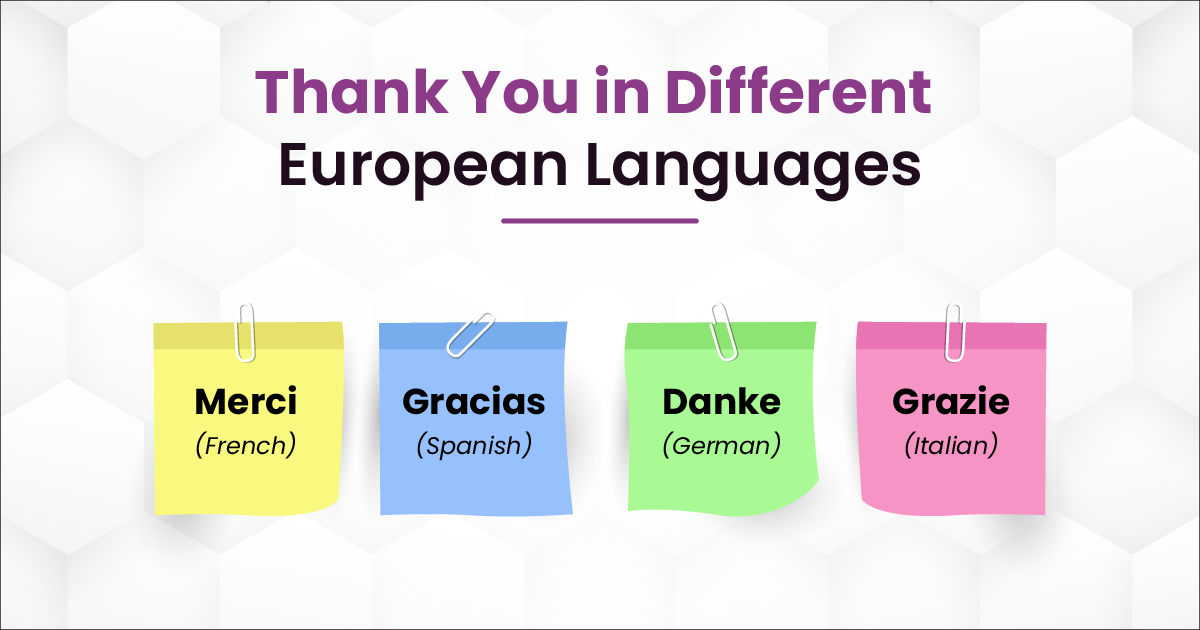
Common Ways to Show Gratitude in Asian Languages
Mandarin Chinese
謝謝 (xièxie) is the most widely used expression for thank you in Mandarin, primarily spoken in northern and southwestern China.
Japanese
Though ありがとう (arigato) is a frequently used phrase to thank someone, Japanese culture is full of nuances. The appropriate expression of gratitude depends on the formality of the situation and your relationship with the person you are speaking to.
Korean
Since politeness and social etiquette are highly valued in Korean culture, gratitude is expressed differently based on context and relationships. 감사합니다 (gamsahamnida) is the most prevalent and versatile way to say thank you in Korean.
Indonesian
Indonesian, also known as Bahasa, has few ways to express gratitude, with Terima kasih being the most common phrase.
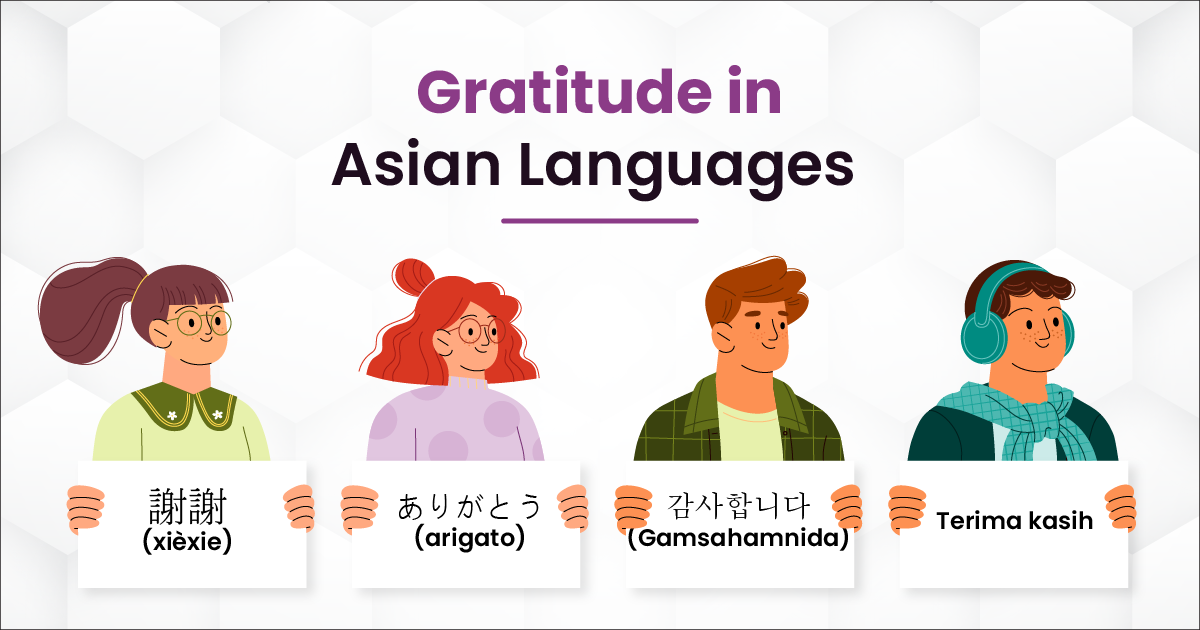
A List of Thank You in Different Languages
Language | Expression |
Arabic | شكرًا (Shukran) |
Russian | Спасибо (Spasibo) |
Portuguese | Obrigado |
Hindi | धन्यवाद (dhanyavād) |
Turkish | Teşekkür ederim (teh-sheh-kur eh-deh-reem) |
Persian | متشکرم (moteshakeram) |
Swahili | Asante |
Zulu | Ngiyabonga |
Dutch | Dank je (Dahnk-hyeh) |
Swedish | Tack |
How to Select the Right Expression of Gratitude in a Situation
Expressing gratitude appropriately depends on the level of formality required in a given situation. A casual thank you may suffice in informal contexts, but professional interactions call for a more formal expression.
Understanding these subtleties allows you to show sincerity and admiration in a way that enhances your connections. Whether in a personal or business setting, selecting the right words ensures that your “thanks” is meaningful and acceptable.
Different Forms of Gratitude Around the World
Gratitude takes many shapes and colors across cultures, often expressed without words. Let’s discover some unique ways in which cultures practice gratitude.
In Japan, bowing conveys substantial gratitude, with variations in angle and duration reflecting different levels of respect and appreciation.
Have you heard of The Wai before? It is a traditional Thai gesture that shows gratitude. It involves placing your hands together in a prayer-like position with a slight bow.
In countries like Nigeria and Ghana, rhythmic clapping, songs, and sincere praise show deep appreciation, while Mexicans express gratitude warmly through fiestas, gatherings, and small gifts.

The Business Benefits of Localized Gratitude
Have you ever thought about the impact of gratitude in the business world? Here’s how showing gratitude can be a powerful tool in the context of a professional journey.
Building Stronger Relationships
Running a successful business often relies on the entrepreneur’s ability to establish a strong network of loyal customers, reliable partners, and supportive employees.
Therefore, showing appreciation to stakeholders in their native language deepens bonds, promotes goodwill, and leads to smoother connections and stronger partnerships.
Enhancing Brand Image
Customers feel valued and special when you express your gratitude in a way that aligns with their culture. This builds brand trust and encourages long-term loyalty, as people perceive it as caring, relatable, respectful, and culturally connected with the target audience.
Improving Communication and Collaboration
Multicultural gratitude transforms the workplace into a positive environment, which in turn enhances business productivity and overall performance.
Recognizing and respecting cultural diversity within the workplace creates a more inclusive and collaborative work environment.

Language Learning and Cultural Awareness
Businesses expanding globally should focus on language learning within the targeted culture. However, every market has distinctive values, customs, and communication styles that shape how people interact with each other and do business.
True global success lies in understanding the cultural nuances of each foreign language on a deeper level.
One way you can do this is by using the following language learning tools:
- FluentU – Learn through inspiring talks, news, movie trailers, and music videos.
- Rosetta Stone – Interactive activities from native speakers.
- Magoosh – Flashcards and study guides for immersive learning.
Engaging in conversations with native speakers is the best way to enhance your pronunciation and grasp the intricacies of expressing gratitude.

TransPalm: Connecting You to the World with Ease
Whatever your language-learning goals, expressing gratitude fosters trust, cooperation, and respect with locals.
Remember that it is not just about the right local phrase. Understanding culture and gestures is equally important for success in international business.
If you are looking for a reliable translation partner that gets you closer to your global audiences, TransPalm’s team is here to assist you.
Our team includes native speakers with a deep understanding of languages, cultures, and markets. Tell us about your translation projects and receive a one-to-one consultation from our experts.
